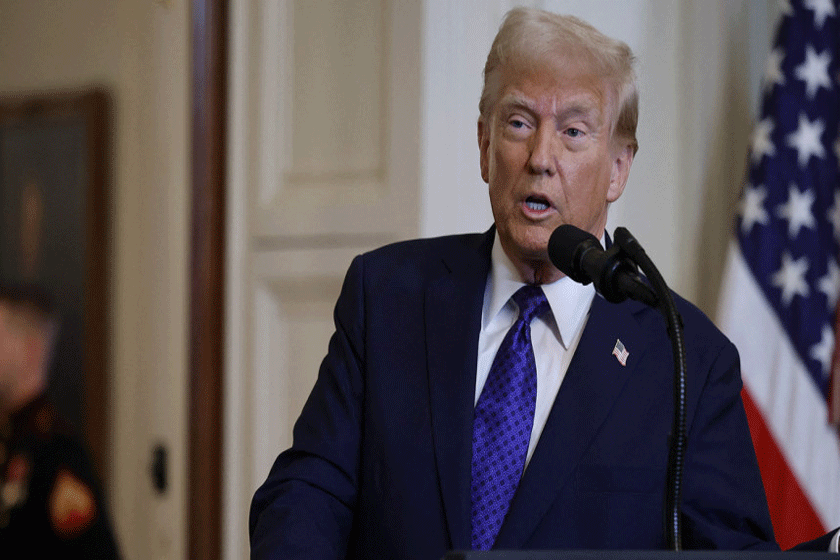
Trump’s trade war ushers a new opportunity for Bangladesh
International Desk
Published:03 Feb 2025, 02:30 PM

Trump’s trade war ushers a new opportunity for Bangladesh
Just about two weeks into office, US President Donald Trump has started executing his tariff measures that he had promised all along. He began with 25 percent import tariff on Canadian goods and 10 percent duty on Canadian energy products. In case of Mexico the tariff is 25 percent across the board. In other words US has slapped 25 percent tariffs on goods coming from its two neighbours except for Canadian energy products which will face a tariff of 10 percent.
However, China will be the most affected under Trump since he said there would be an additional 10 percent duty for goods coming from the Asian giant.
During his last tenure, Trump imposed 25 percent duty on Chinese imports and his successor Joe Biden did not reduce this rate either. So with the latest 10 percent addition, Chinese goods will be facing an effective rate of 35 percent duty which is a major burden for Chinese exporters.
Some Chinese exporters who heeded Trump's rhetoric of slapping 60 percent tariffs, played it smart and shipped billions of dollars worth of goods to US ports, even before the new tariffs came into effect. Some Chinese manufacturers also realised that they would face crisis because of long holidays on the occasion of Chinese new year, which was another reason for shipping the goods in advance. In recent years, Mexico turned into a safe zone for Chinese manufacturers as they invested billions of dollars after Trump imposed 25 percent duty on Chinese goods during his first tenure. Chinese companies were reaping the benefits of the free trade agreement within USA, Mexico and Canada (USMCA). This saw Mexican exports to the US increase manifold almost overnight.
But this did not escape Trump either, which is probably one of the reasons that he imposed 25 percent duty on Mexican goods. The same measure on Canada is most likely for the same reasons too.
The USA has been the single largest export destination for Bangladesh for many years. And now Bangladeshi manufacturers could leverage the opportunity arising out of Trump's trade war. For Bangladesh, the average duty is still 15.62 percent, which is a relative advantage. Currently, Bangladesh is the third largest garment exporter to the USA with nearly $8 billion worth of exports last year. Bangladesh needs to improve its energy supply to secure a higher market since our textile and garment industries still have a significant unutilised capacity for catering to the international retailers. Bangladesh also needs to negotiate for more US investment. China has already given duty free benefit for all Bangladeshi goods which means there is a long term plan to shift its manufacturing units here particularly textiles and garment units.
At the end of the day, the extra cost will have to come out of the US consumers' pockets. Since the US is a trading economy, their importers will have to bear the burden of higher tariffs which is bound to have a fallout. This is where Bangladesh might find an opportunity to boost exports.